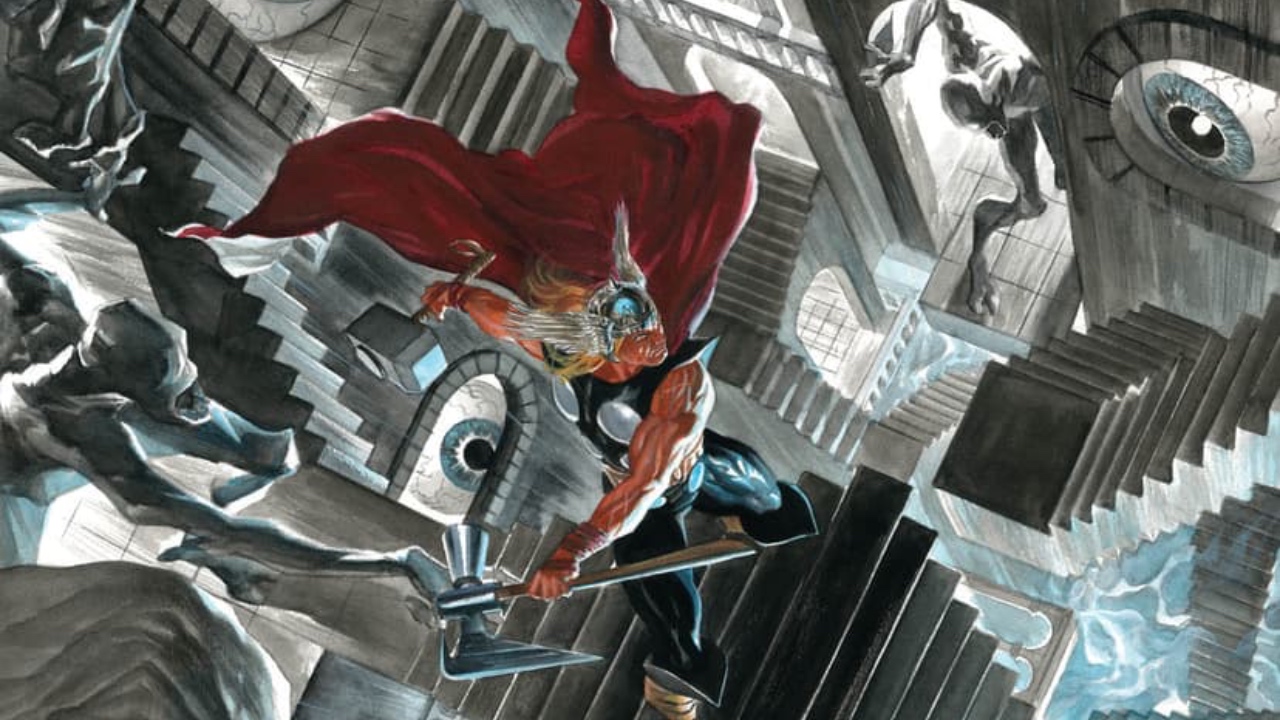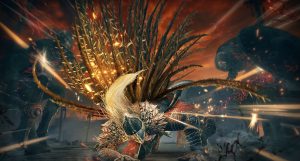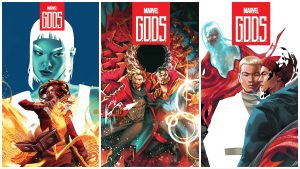
Ragnarok is here for Thor. The God of Thunder will come to an end this May in Immortal Thor #23, written by Al Ewing and illustrated by Jan Bazaldua.
At this point, some readers will surely roll their eyes. After all, every Marvel hero has died and come back multiple times, Thor more than most. The concept of death and resurrection is built into the mythological concept, and it’s not been that long since he last came back in the J. Michael Straczynski run from 2007.
But Al Ewing has more than proved himself capable of innovating on well-honed concepts, as demonstrated in Ultimates, X-Men: Red, and especially Immortal Thor’s forerunner Immortal Hulk. In the same way that Immortal Hulk leaned into the character’s horror roots to craft an epic with religious and environmentalist overtones, Immortal Thor contrasts the superhero to his forerunners in Norse mythology.
Ewing takes a metatextual approach with Immortal Thor, reimagining Utgard — one of the nine realms connected to the world tree Yggdrasil — as a sort of plane of Platonic ideals, from which all other things and concepts are derived. Within Utgard dwell five Elder Gods who have existed since the formation of the Earth, including Utgard-Thor and Utgard-Loki.
While the conflicts between the Marvel Thor and Loki and the Thor and Loki of Utgard can be read in pure superhero terms, as the familiar characters we know do battle with their older and more powerful counterparts, Ewing also uses the concept to comment on the nature of storytelling itself. As he did in Loki: Agent of Asgard — and as Alan Moore and Grant Morrison have done throughout their careers — Immortal Thor presents the characters as extensions of a vast cosmic mythology that comes to life through the stories we humans tell one another.
What does that mean for Thor’s death in Immortal Thor #23? Well, first of all, it means that Thor isn’t going to die, not for good. Even if we see the end of this version of Thor, which has been hinted at in signs and omens from throughout the series, the Thor concept will live on because we still tell stories about Thor. Within the comic, that might mean a new version of Thor in the form of Magni Thorson, whom Ewing and Bazaldua recently brought back after a twenty-year absence. Or might just be that Thor gets rebooted again, which is what most people expect.
And that isn’t a bad thing. Immortal Thor is less about reinventing the wheel and more about exploring the concept as it is, revealing the philosophical underpinnings of myths and superheroes. So as much as Marvel tries to hype Immortal Thor #23 as a Death of Superman style event, the fact is that the issue doesn’t even mark the end of the series or the storyline — on the contrary, it kicks of a three-part arc.
Then again, Ewing clearly isn’t interested in the usual gimmicks. Thor’s death will just be one more opportunity to examine the stories we tell one another, stories that repeat without end.
Immortal Thor #23 blasts into comic stores on May 14, 2025.
Photo: Marvel Comics.
The post Marvel Just Confirmed It’s Killing Off Another Avenger appeared first on Den of Geek.




